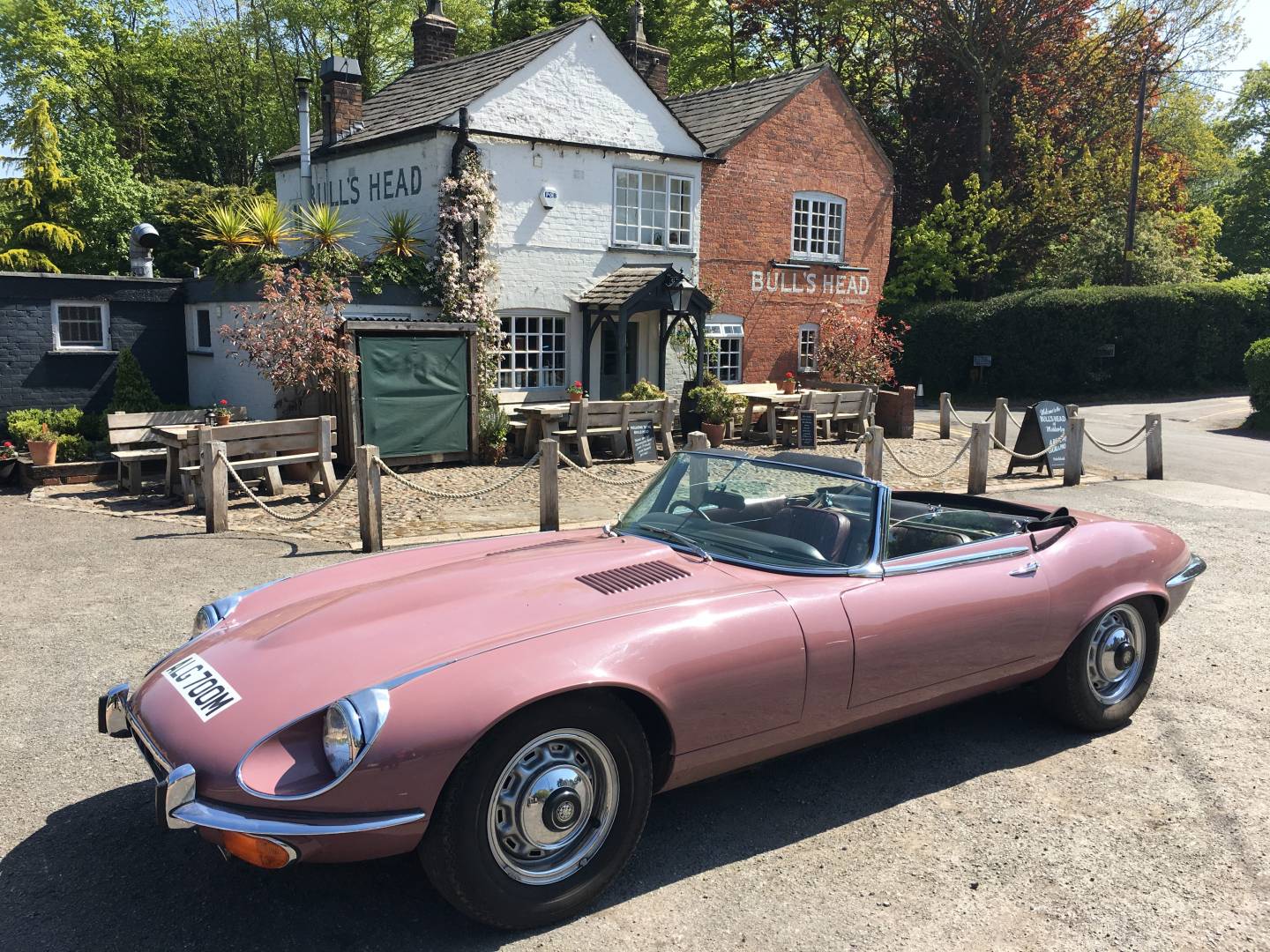Load up your M6 with a cassette of Mobberley FP4. Doesn’t sound quite the full shilling, does it? Perhaps it’s just as well that Ilford stole the commendably short and snappy name of the eponymous Essex town back in 1902 when the filmmaker set up shop there.

Apparently, the burghers of Ilford objected to this unapproved use of their civic moniker. However, they should now be proud because it’s about all that’s left. The name, that is, because the film has fled to healthier climes in the north-west.
Motburlege Pan F Plus
Mobberley, in Cheshire, where our much-loved Ilford films are now produced, doesn’t quite lend itself to the name of a film.
Mind you, it does trip off the tongue a little more smoothly than does Motburlege, as the village was known to William the Conqueror when he commissioned his Domesday Book.
However, for anyone who has had the pleasure of visiting both Ilford and Cheshire in recent years, Mobberley definitely has its attractions. In fact, little Mobberley with its 2,500 denizens, is a charming village even though it is probably no more than 15 or 20 miles south of the metropolis of Manchester. It has definitely fared better than Ilford over the years. I know where I’d sooner live.
You wouldn’t believe what goes on in Mobberley these days, though. So feast your eyes on this latest video from the makers of what is still probably the second most famous brand of film in the world.

An enjoyable documentary. Well done.
That is a lovely film about making film. The people at the Ilford factory seem nerveless about the light sensitive nature of their product and the attention to quality control is admirable. Last week I shot a roll of Kodak Portra (camera was a Leica IIIc 3 days older than myself) in what was once the home of Father Frank Browne, the famous Jesuit photographer, who was told by his superiors to get off the Titanic as it went on its maiden cross Atlantic trip. When the ship went down Father Browne was the only one with photographs of the ship, taken on Kodak film. These were shown in newspapers around the word and earned Father Browne a lifetime’s supply of Kodak film which he collected regularly in the Kodak shop in Grafton Street in Dublin Street in Dublin. One of the photos in an exhibition at the house was of a man looking into the window of the Kodak shop about 90 years ago. Before him in that window were examples of what Kodak could supply him for picture taking, including cameras, film, chemicals, accessories etc. Also in the exhibition, which I saw last week, was a burnt Contax rangefinder, belonging to Fr Browne, with a Zeiss lens and a Leica lens cap which had been damaged in a fire at the house many years ago. The piece de resistance at the exhibition was what was supposed to be Father’s Browne’s trunk for the short trip on the Titanic from Britain to Ireland. It was filled with negatives and prints of the Titanic which made me wince a bit because of how precious they would be if they were original. I have to assume that they were reproductions for the exhibition.
Kodak were very successful for a long time at making cameras for their own films. Ilford were less successful, but they specialised in medical and other specialised cameras. They did try to produce their own ‘Leica’ with a high quality camera called the the Ilford Witness. Not many of them were made and, because of the scarcity, they now fetch much higher prices than Leicas of the same vintage. All of this reminds me that I have some rolls of Ilford 120 film for my Rolleiflex which I must take out for stroll sometime soon.
Thanks, Mike for this demonstration that film is alive and well in Cheshire and around the world.
William
I remember putting a coin in the slot machine outside the village shop in Rosthwaite, Lake District, when I were a lad at big school camp and getting my black-&-white roll of Ilford 127 “For Faces And Places”, after it had baked in the sun since the previous summer.. worked OK, though, in my new 13th-birthday Brownie 44A..